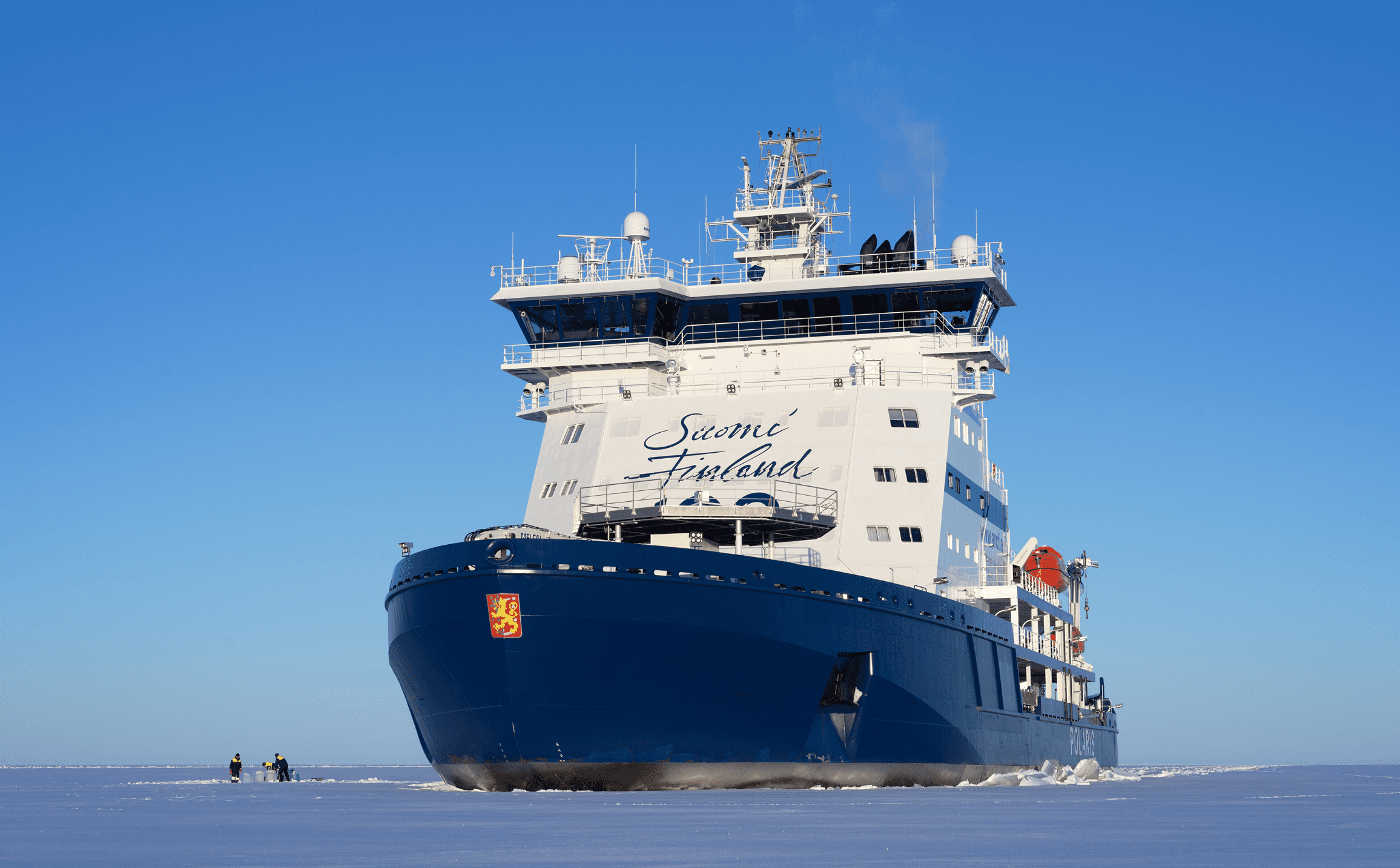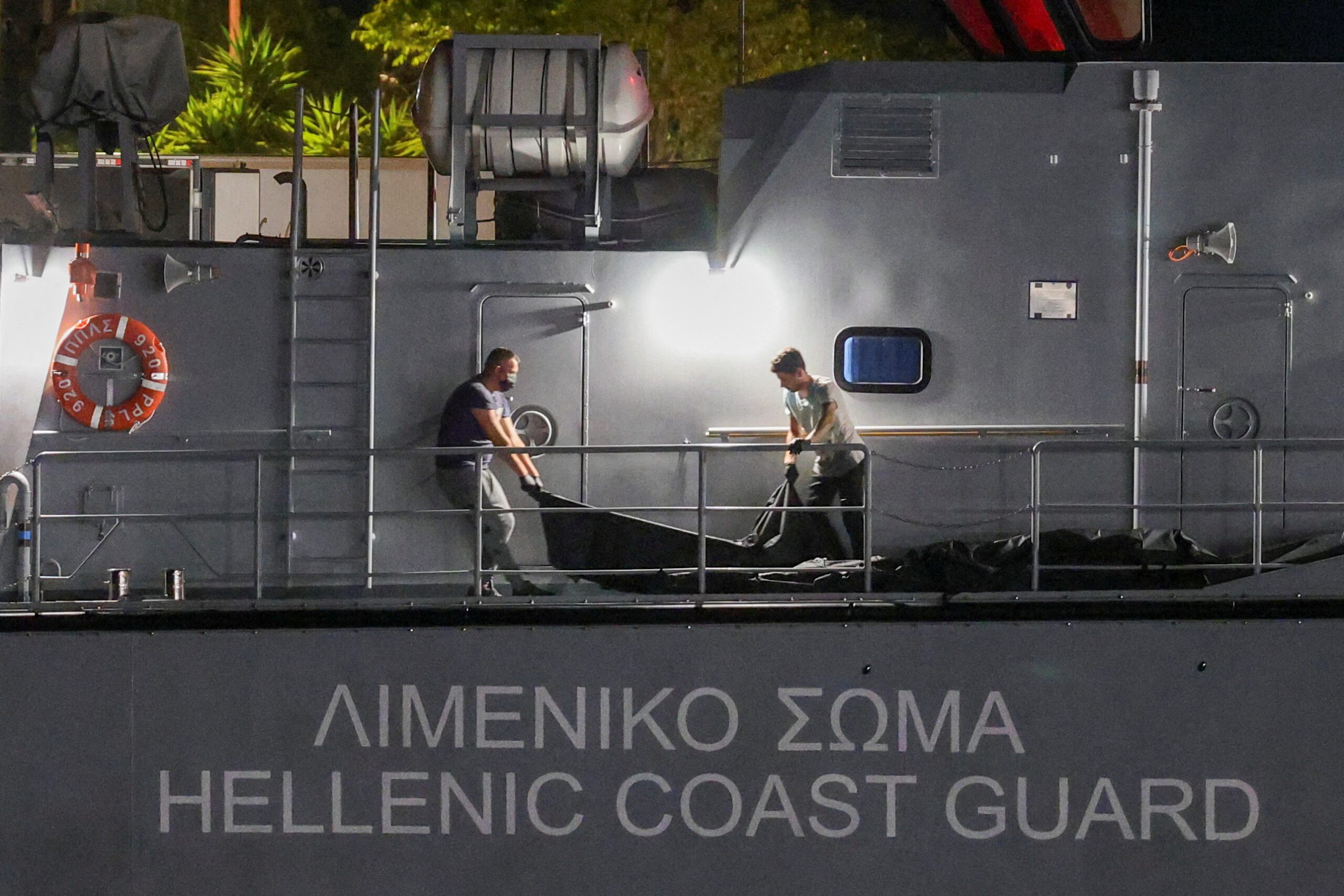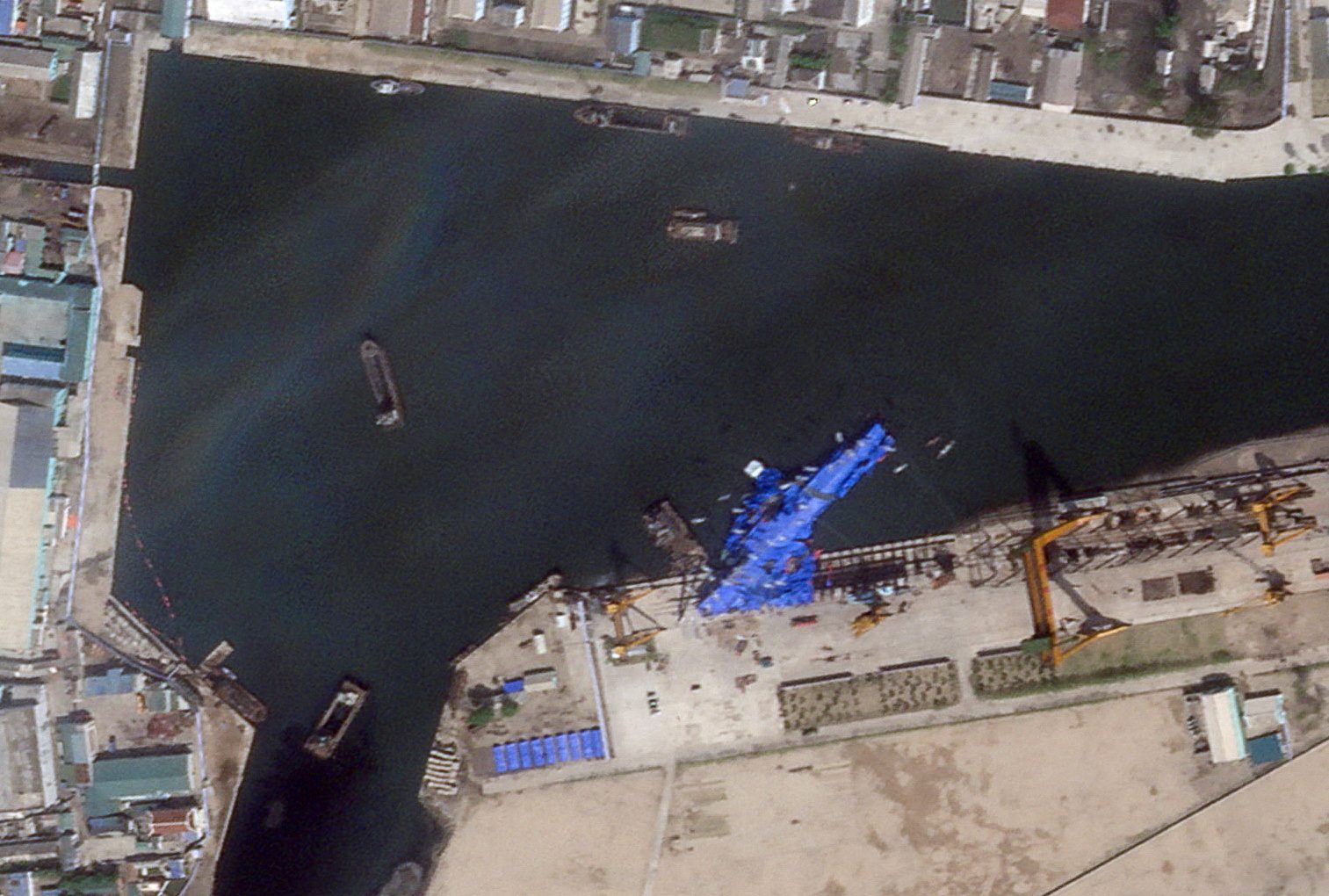Finland’s premier icebreaker designer, Aker Arctic, has been awarded a contract to develop a new state-of-the-art mid-size icebreaker. The effort is part of a major fleet renewal program to ready Finland’s icebreaking fleet for the changing requirements in the Baltic Sea.
The new design looks ahead to a future in which climate change is altering the sea ice regime in the Baltic Sea. Ice fields have become more dynamic and can be heavily fragmented during mild winters, with sea ice intersected by open water.
“The prevailing ice conditions can thus be a major obstacle to commercial shipping and present challenges for the assisting icebreakers even when the ice cover is not particularly thick. This will require new thinking regarding the design criteria for the next generation of icebreakers,” explains Aker Arctic.
Maintaining winter navigation across the Bothnian Sea and the Gulf of Finland is crucial for the country’s maritime trade, with 96 percent of trade passing through the Baltic Sea.
Finnish icebreakers range from the largest and most powerful vessels in Class A to ice-strengthened tugs categorized as Class C. The new icebreaker will be of intermediate size but more capable than traditional Class B vessels. Aker designates it as a B+ class.
A key aspect is to improve operational efficiencies as icebreakers encounter a mix of conditions. This forward-looking aspect of the design is especially important as the vessels are designed with a 50-year life span in mind. Aker plans to deliver at least two design packages and evaluate three different fuel types – liquefied biogas, methanol, and ammonia. The Finnish Transport Infrastructure Agency, which awarded the contract, will ultimately decide the fuel type.
Finland has a long history of designing and building icebreakers adapted to the conditions in the Baltic Sea as well as in the high Arctic. The country is also part of the recent ICE Pact with Finnish yards looking to construct icebreakers for Canada and the U.S.
Icebreaking requirements across the Baltic Sea differ from those that the U.S. Coast Guard is in the process of procuring. Baltic Sea icebreakers generally escort smaller vessels and ice conditions are generally easier, but can vary significantly from year to year.
Baltic Sea icebreakers also move around the Baltic Sea, depending on how ice conditions develop and vary throughout winter.
“The idea is to deploy a smaller vessel to the Bothnian Bay in early winter and move to the Bothnian Sea or Gulf of Finland later in the season,” says chief designer Tuomas Romu from Aker Arctic.
Aker is operating on a tight timeline aiming to deliver three concept alternatives in less than a year by early 2026. A tender process for construction will follow, aiming for delivery of the vessel by 2028 – a rapid schedule, especially by U.S. standards. The new Polar Security Cutter took more than five years from contract awarding to the start of construction.

 Join The Club
Join The Club











